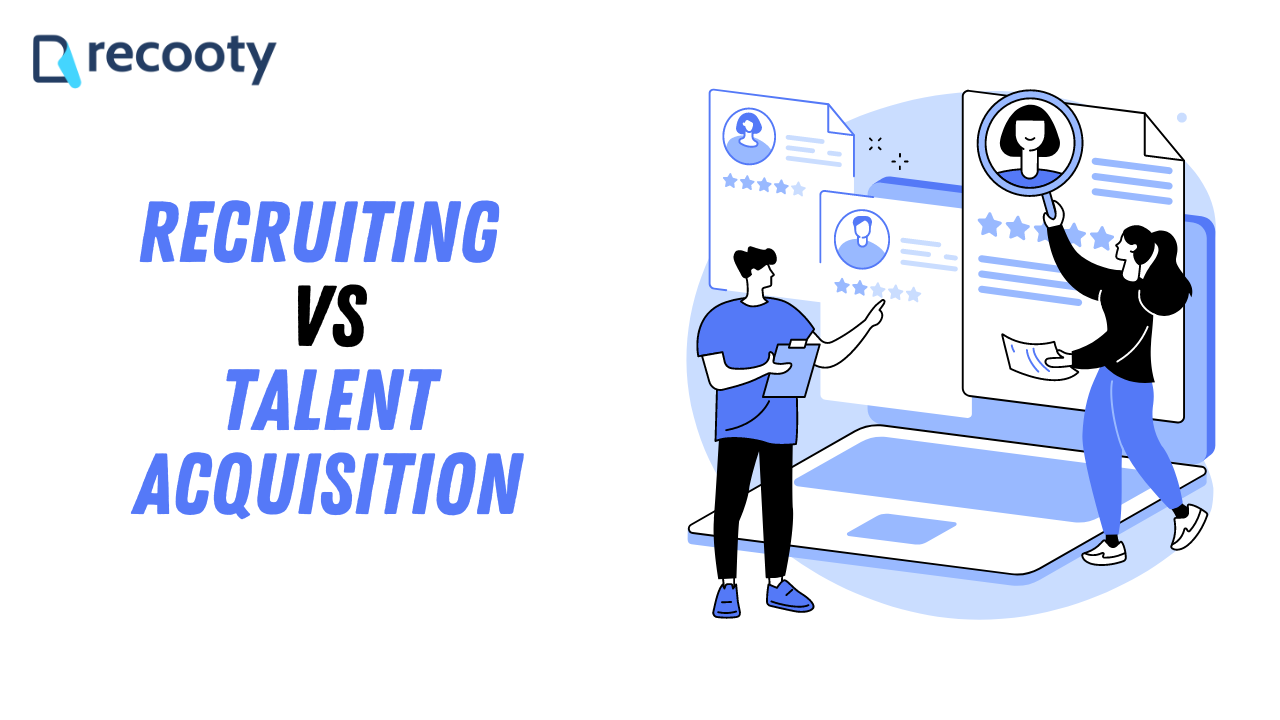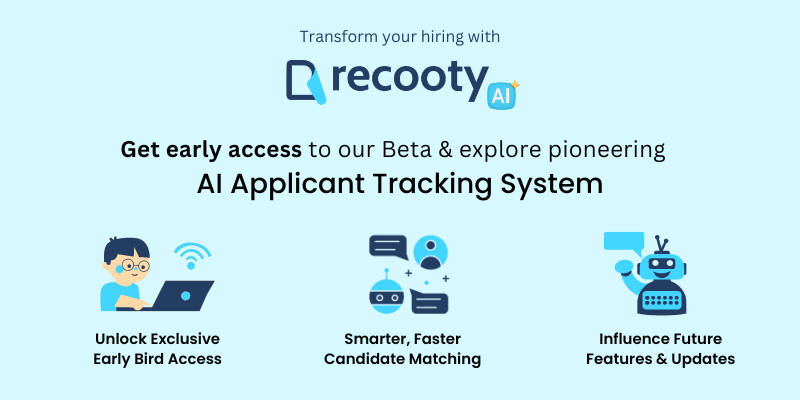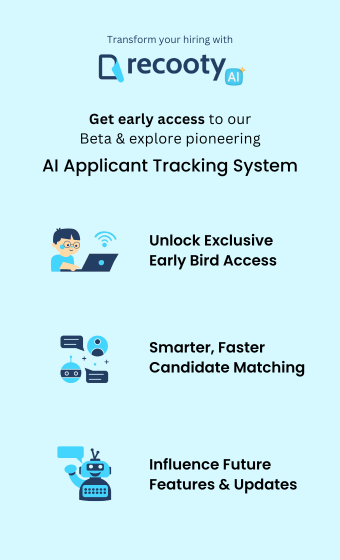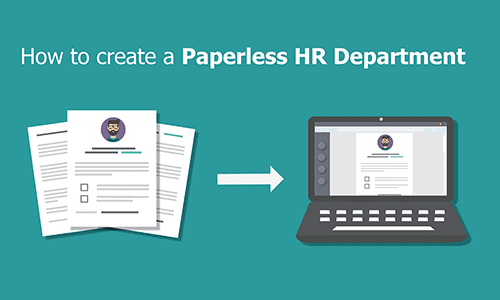
The field of recruiting is filled with a complex network of terminologies that often tend to overlap with each other. However, despite the apparent similarities, it is important to note that many of these terms have distinct meanings and should not be used interchangeably. For instance, people often tend to confuse Recruiting and Talent Acquisition to be the same things. And although they are similar to some extent, they are not exactly identical.
Introduction of Recruiting vs Talent Acquisition:
We are going to discuss Recruiting vs Talent Acquisition in this article. Questions like –What’s the difference between recruiting and talent acquisition? Which one is useful in which situation? You will get answers to such questions here.
Well, both the terms, talent acquisition, and recruiting are commonly used interchangeably. But does it mean the meaning of these terms is the same?
In short, it’s not the same and there’s a huge difference. Knowing the difference between the two is crucial since it will help you plan your hiring better.
One among them is more of a long-term game. And the other one is a reactive process or let’s say, it’s an immediate solution for a situation. But the goal of both of these processes is the same – hiring top talent. But the point where they differ is in terms of approach: the long-term & short-term story.
Both of these carry their significance and leaving one for the other isn’t a good idea.
What is Talent Acquisition?
Talent Acquisition, in simple words, is the practice of planning recruitment for future job openings. It lets you put focus on HR planning and enables you to identify the best future employees.
It puts more emphasis on long-term HR planning and searching for suitable candidates for roles that need a specific skill set.
Talent Acquisition Strategy
When you have a talent acquisition strategy in place you will be able to stand as the top employer in the job market. Additionally, it enables you to make good relationships with the candidates.
Talent acquisition includes the following strategic actions:
- Creating and maintaining a strong Employer brand.
- Building a talent pipeline and filling it with competent candidates
- Maintaining good relationships with the candidates.
As per LinkedIn’s report, among all candidates 70% are passive and the rest are actively looking for jobs. So it becomes important to do it. At least once you are familiar with the top candidates who look interested, you can add them to your talent pipeline.
Plus, 75% of the hiring managers suggest that a robust employer brand has its importance in recruiting the best candidates. And only employer branding will help you promote your company as the dream workplace to candidates.
A good talent acquisition strategy will help you achieve all of this. You will notice positive results when you start inviting the candidates, in their eagerness to apply for the job.
Key Characteristics of Talent Acquisition:
- Long-Term Perspective: Talent acquisition takes a more strategic and future-oriented outlook, focusing on building a talent pool that aligns with the organization’s long-term goals.
- Organizational-Focused: Talent acquisition aligns hiring with the organization’s overall business strategy, considering the workforce needed to achieve objectives.
- Talent Pipeline: Rather than focusing solely on current vacancies, talent acquisition seeks to build and maintain a pipeline of potential candidates for future needs.
- Proactive Approach: Talent acquisition professionals actively seek out and engage with potential candidates, often through various means such as social media, networking events, and employee referrals.
- Relationship-Oriented: The emphasis in talent acquisition is on building relationships with candidates over time, creating a positive candidate experience regardless of immediate job availability.
What is Recruiting?
Recruiting or Recruitment is the process of finding, assessing, and hiring talented and qualified individuals to fill open roles.
Commonly, it follows a predefined process that helps HR pros to hire the top industry specialists in a flash.
To recruit better, a recruiter must be familiar with the latest trends, the job market, and competition. Along with that, they should keep in mind the company’s business and what are its expectations from the new hires.
This process starts with an open position and ends once the hiring is made for that. It is a short-term process but quite useful when needed.
Key Characteristics of Recruiting:
- Short-Term Perspective: Recruiting generally centers on immediate hiring needs and focuses on filling specific job openings quickly.
- Job-Focused: Recruiters concentrate on specific job roles and typically follow a job-by-job approach.
- External Talent Pool: The main source of candidates for recruiters is external job seekers, whether through job boards, social media, or career fairs.
- Role of Recruiters: Recruiters play a significant role in the process, actively sourcing candidates, conducting interviews, and facilitating the selection process.
- Transaction-Oriented: The relationship between the candidate and the organization is often transactional, with a focus on the immediate job opening.
Best Recruiting Strategies for Hiring Top Talent
Here are some great strategies that you can use to ensure recruitment goes in the right direction:
- Review the strategies you’re using
- Take feedback from employees and candidates about their experience
- Use an applicant tracking system to optimally carry on the hiring process
- Make concise job descriptions, tell the benefits, and explain what’s expected from the candidates.
- Enhance your employer brand with the help of different online channels including social media. Then leverage its power to attract candidates.
- Encourage recruiters to be in touch with passive talent.
It will always have some of the traits of talent acquisition as you can notice from these points.
What is the difference between Recruiting and Talent Acquisition?
Talent Acquisition mostly focuses on the bigger picture compared to Recruiting. It’s a continuous process that includes several activities that keep an organization ready for any situation related to recruitment. Here are some basic differences between talent acquisition and recruiting –
1. Focus and Perspective:
- Recruiting: Recruiting is typically focused on filling immediate job vacancies within the organization. It emphasizes finding candidates with the specific skills and qualifications required for existing job openings. The perspective is short-term and reactive, driven by the need to quickly hire individuals to fill specific roles.
- Talent Acquisition: Talent acquisition, on the other hand, takes a more strategic and long-term perspective. It aims to build a talent pipeline that aligns with the organization’s current and future needs. Talent acquisition professionals proactively seek out and engage with potential candidates, even before specific job openings arise, to create a pool of qualified talent for future requirements.
2. Approach:
- Recruiting: The recruiting process is generally job-focused and follows a job-by-job approach. Recruiters actively source candidates for specific positions and evaluate them based on their fit for those roles.
- Talent Acquisition: Talent acquisition is more organization-focused and aligns hiring with the overall business strategy. It considers the skills and talents needed to achieve the organization’s objectives and ensures that the talent pipeline is prepared for future growth and challenges.
3. Source of Candidates:
- Recruiting: Recruiters primarily rely on external sources to find candidates for job openings. These sources may include job boards, social media, career fairs, and other external channels.
- Talent Acquisition: Talent acquisition professionals utilize a combination of external and internal sources. They actively engage with potential candidates through social media, networking events, employee referrals, and other means to build relationships and maintain a pool of qualified talent.
4. Time Horizon:
- Recruiting: Recruiting is more immediate in nature, with a focus on filling vacancies as soon as possible. The time horizon is short-term, with the main objective being to meet the organization’s current staffing needs.
- Talent Acquisition: Talent acquisition takes a longer-term perspective. It aims to create a sustainable talent pipeline to address the organization’s future requirements and maintain a continuous supply of qualified candidates.
5. Candidate Relationship:
- Recruiting: The relationship between the candidate and the organization is often transactional and centered around the specific job opening. Once the position is filled, the interaction may end until another job opening arises.
- Talent Acquisition: Talent acquisition emphasizes building relationships with potential candidates over time. The focus is on providing a positive candidate experience and nurturing these relationships regardless of immediate job availability. This approach enhances the organization’s employer brand and fosters candidate loyalty.
6. Metrics and Evaluation:
- Recruiting: Key metrics for recruiting often include time-to-fill, cost-per-hire, and the number of positions filled. The success of recruiting is measured based on how efficiently vacancies are filled.
- Talent Acquisition: Talent acquisition success is evaluated based on metrics that measure the strength of the talent pipeline, candidate engagement, and the quality of candidates in the pipeline. The focus is on the long-term impact of the talent acquisition strategy on the organization’s workforce.
Talent acquisition comes really handy when:
- The hiring needs are on the larger side.
- There’s a need to fill upper-level positions.
On the other hand, Recruiting is a reactive/tactical move practiced when there’s a need to fill the open roles immediately. It involves all the essential activities from inviting candidates to onboarding the best among them.
It doesn’t mean that Recruiting is less important than Talent Acquisition . When you immediately need to fill a position, the need for recruitment kicks in. But yes, it’s in fact a part of the big picture which is talent acquisition.
Which One Should You Rely On? Talent Acquisition or Recruiting
As old markets are evolving and new markets are emerging, the need for people with new skills has risen. With this happening, the competition for top talent has also gone fierce.
For example, the demand for skilled individuals is at high levels in the IT and tech fields. To deal with these you, without doubt, require a talent acquisition strategy ready.
Once you have a moving TA strategy:
- You have enough well-qualified talent for hard-to-fill job positions like leaders & specialists.
- Your employer brand and good relations let you witness great candidates applying to your company
- Last but not least you will turn down the turnover rate drastically. Employer branding which is a part of the branding strategy helps you do it.
Recruiting undeniably cannot be spared, but it only has its importance when you immediately need to fill a position. Not every time you’re going to get the time to plan things out and perform hiring as soon as possible.
Because if you don’t then, it will negatively impact the company’s operations from performing well and hamper productivity at large.
Recruiting Or Talent Acquisition, which is Scalable?
Do you want to hire employees for a small number of vacant positions? In that case, Recruiting will get the job done. Having said that, when you need to fill a good number of positions, without planning things out, hiring can become a pretty daunting task.
If you’re planning to open an office for a new location, launch a new product, or acquire a company. You will need a large number of skilled and experienced candidates and the only way to bring them is through talent acquisition.
In these scenarios, if you choose recruitment over talent acquisition, then you need to start for every vacant role. But, if exercise talent acquisition, the chances of filling all the roles quickly with great candidates are higher.
How to Embrace Talent Acquisition?
Talent acquisition will always work because attracting and recruiting top talent is a continuing process. Attracting, engaging, hiring, and building a team of the right people works when you do all of these.
You can sustain and improve the TA process with the help of a reliable Applicant Tracking System like Recooty. It has important tools like an excellent careers page to attract job candidates by developing trust and highlighting the benefits you offer.
Additionally, you get to reach millions of top talent via free job posting to top job boards like Indeed, Monster, and LinkedIn. Also, you can create a seamless hiring process with all the tools and features available on a single platform.
Frequently asked questions
Talent acquisition and recruiting are two different approaches to hiring, and both can present their own unique challenges. However, talent acquisition is typically considered to be more difficult than traditional recruiting.
HR (Human Resources) and Talent Acquisition are essential functions of a company’s hiring process, but they serve different purposes. Therefore, it’s difficult to say which is better as they both play important roles.
Talent acquisition is a strategic approach to hiring in which companies focus on identifying and attracting top talent to their organization. In the context of HR recruiting, talent acquisition involves a more proactive and long-term approach to filling open positions.
Recruiting and talent acquisition are often used interchangeably, but they have distinct differences. Recruiting typically involves finding candidates to fill specific job openings, whereas talent acquisition takes a more strategic approach to building a pool of talented candidates for future hiring needs. Talent acquisition focuses on building a strong employer brand, developing relationships with candidates, and creating a diverse and inclusive workforce. Ultimately, talent acquisition is about creating a long-term talent strategy that aligns with an organization’s goals and values, while recruiting is more focused on filling immediate hiring needs.







